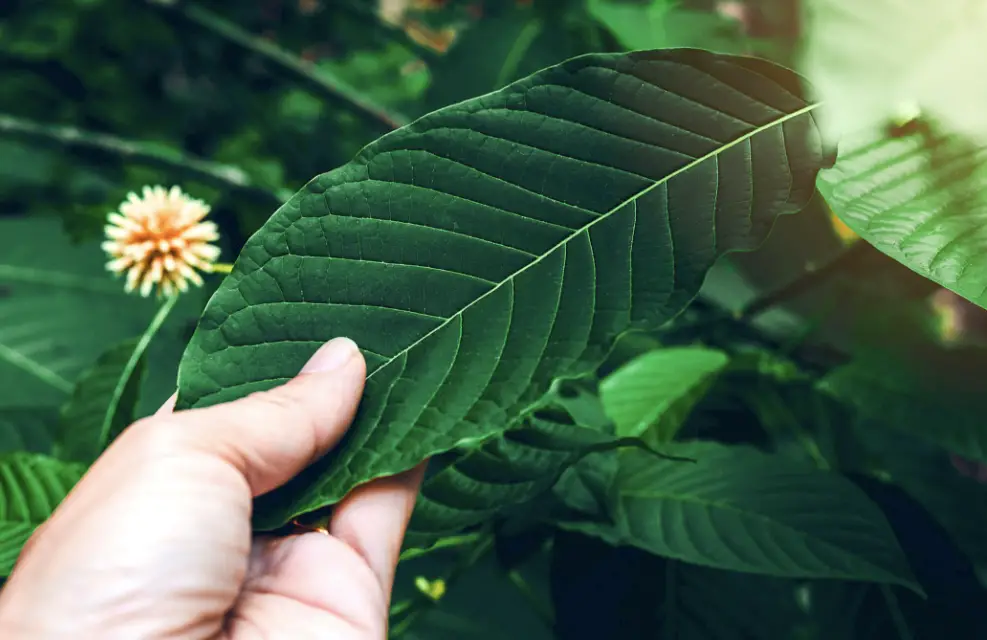When it comes to cultivating Indica seeds, growers often debate whether indoor or outdoor growing is the best approach. Every approach has benefits and drawbacks, and the decision is primarily influenced by a number of variables such as climate, available area, and individual preferences.
We’ll weigh the benefits and drawbacks of both indoor and outdoor growth in this blog, to help you determine which is best for your Indica seeds.
What Are Indica Strains?
It is well known that indica strains have tranquil and calming properties. They are a popular choice among producers since they usually flower faster than Sativa strains. Additionally, indica plants tend to be bushier and shorter, which is advantageous in some growing conditions.
Advantages and Disadvantages of Indoor Growing
Benefits of Indoor Growing
- Controlled Environment: One of the biggest advantages of indoor growing is the ability to control the environment. You can adjust temperature, humidity, and light to create the perfect conditions for your Indica plants.
- Year-Round Growing: Indoor setups allow you to grow Indica seeds all year round, regardless of the weather outside. This means you can have multiple harvests throughout the year.
- Pest and Disease Management: The likelihood of pests and illnesses harming your plants is decreased when you grow inside. Potential risks are reduced because you have more control over what enters your growing area.
- Discreet Growing: Indoor growing offers more privacy, which is ideal if you want to keep your cultivation activities discreet. Check the list on Merced Sun Star for Best Indica Seeds to Cultivate for more information on strains that thrive in compact indoor environments.
Cons of Indoor Growing
- Cost: Setting up an indoor grow space can be expensive. You need to invest in lights, ventilation, and other equipment to create the right environment for your plants.
- Space Limitations: Indoor growing requires sufficient space, and not everyone has an area suitable for setting up a grow room. The size of your yield may be limited by the space available.
- Maintenance: Indoor growing requires constant monitoring and maintenance. You need to regularly check and adjust the environment to ensure your plants thrive.
Advantages and Disadvantages of Outdoor Growing
Benefits of Outdoor Growing
- Natural Light: Outdoor growing harnesses the power of natural sunlight, which is ideal for plant growth. Indica plants benefit from the full spectrum of light provided by the sun.
- Lower Costs: Outdoor growing is generally more cost-effective as you don’t need to invest in artificial lights or extensive climate control systems. The sun and natural elements do much of the work for you.
- Larger Yields: More room to develop allows outside plants to get bigger and yield more. Even though indica plants are usually smaller, they might nevertheless gain from the free development environment.
- Eco-Friendly: Outdoor growing is more environmentally friendly as it relies on natural resources. It reduces the carbon footprint associated with indoor growing equipment.
Cons of Outdoor Growing
- Climate Dependence: Outdoor growing is highly dependent on the climate. If you live in an area with harsh weather conditions, your plants might suffer. Indica plants prefer a warm, dry climate.
- Pests and Diseases: Outdoor plants are more susceptible to pests and diseases. You need to be vigilant and take preventative measures to protect your plants.
- Seasonal Growing: Unlike indoor growing, outdoor cultivation is seasonal. You can only grow during the suitable months, which limits the number of harvests you can achieve in a year.
- Security Concerns: Outdoor growing is less discreet and can be vulnerable to theft or damage. Ensuring the security of your plants can be a significant concern.
Which is Best for Indica Seeds?
The decision between indoor and outdoor growing ultimately depends on your specific circumstances and goals. Here are some considerations to help you decide:
- Climate: If you live in an area with a favorable climate for Indica plants, outdoor growing can be highly rewarding. However, if the weather is unpredictable or harsh, indoor growing provides a more controlled environment.
- Space: Consider the space you have available. If you have a spacious outdoor area, you can take advantage of it to grow larger plants. Conversely, if you have limited space, an indoor setup might be more practical.
- Budget: Indoor growing requires a significant upfront investment in equipment. If budget is a concern, outdoor growing can be a more cost-effective option.
- Time and Effort: Indoor growing demands more time and effort for maintenance and monitoring. If you prefer a more hands-off approach, outdoor growing might suit you better.
- Privacy: If privacy is a priority, indoor growing is the better option as it keeps your cultivation activities out of sight.
Final Words
Growing outdoors and indoors each have advantages and disadvantages of their own. The decision between growing Indica seeds indoors or outdoors is influenced by a variety of factors, including temperature, available space, cost, and individual preferences.
You can select the approach that best meets your demands and guarantees a good harvest by giving these things great thought. You’re going to love cultivating Indica strains whether you choose the natural benefits of outdoor growth or the controlled environment of indoor gardening.


















